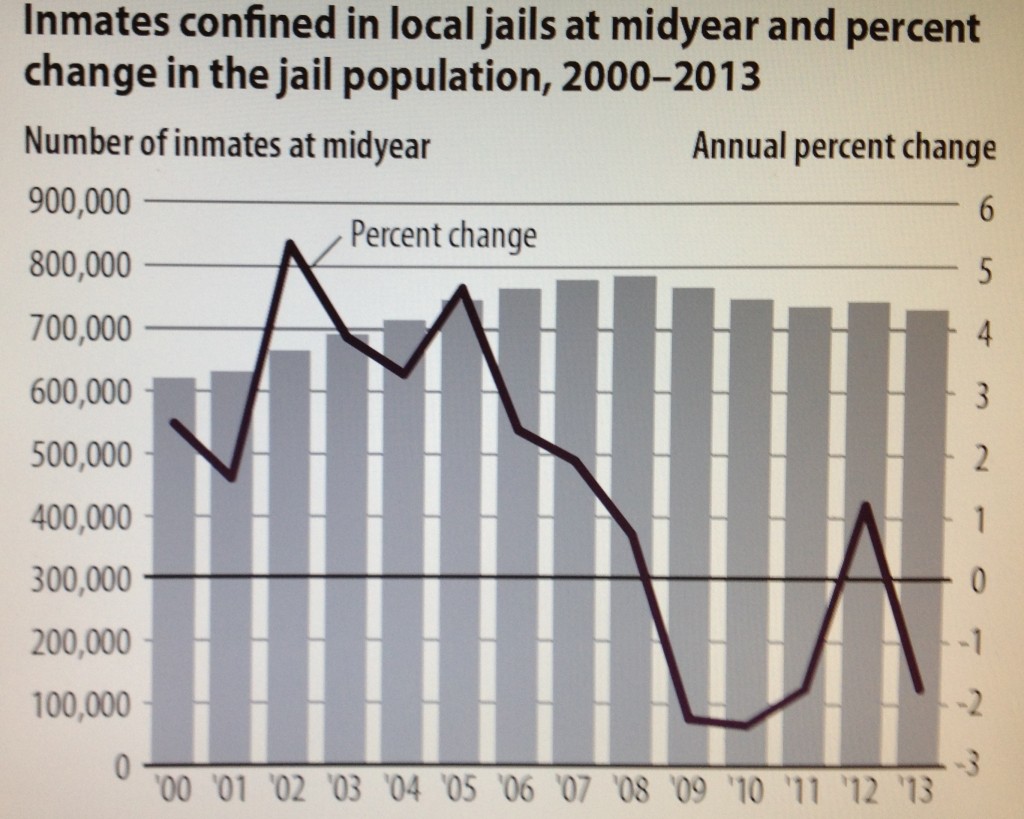Three things to like about Ross Douthat’s Sunday column on incarceration:
1. Â He starts in the right place: the sheer scale and horror of mass incarceration, especially as practiced in this country. (Douthat is right: by any reasonable definition, SuperMax is torture.)
2. He acknowledges the key fact: there aren’t enough harmless prisoners that releasing them would solve the problem. If we want to get to civilized levels of incarceration we need to let out some seriously guilty and possibly dangerous people. Â Just to get back to the U.S. historical level - already about 50% above European rates - we would have to let out four out of five current inmates. That means freeing large numbers of armed robbers, rapists, and murderers.
3. And he asks the right question: how to do that without ending our twenty-year winning streak in crime reduction.
Fortunately, I think there’s an answer to that question: learning to manage offenders without putting them behind bars. The key to that - and, it turns out, to de-brutalizing the institutions themselves - is a system of rules and sanctions based on swiftness, certainty, and fairness.
The evidence for success in swift-certain-fair community corrections is pouring in. The next step is to extend it to the currently imprisoned population through some form of graduated re-entry. Since that’s a new idea, we can’t be sure in advance how well it would work, or which version of it would work best in any given population. But once you ask the right question - how to reduce incarceration while improving public safety - you’re well on the road to finding the right answer.
Footnote Douthat makes the implicit assumption that keeping someone who might commit crime behind bars naturally tends to reduce crime. That would be true if incarceration didn’t have criminogenic side-effects, both at the individual-offender level and the community level. But in fact it does, and as the scale of incarceration grows the crime-control benefits shrink (since you’re locking up less and less dangerous prople) while the costs grow. Useem and Piehl estimate that in the median state the marginal prisoner somewhat increases the crime rate. If this is right, then the first slice of de-carceration won’t come at any cost in the form of increased crime even if it’s not coupled with improved community supervision. But that surely wouldn’t be true of making the reductions we actually need to make in the prison headcount.
![Corrections in the United States_0442512_2[1]](../../wp-content/uploads/2013/07/Corrections-in-the-United-States_0442512_21.jpg)
